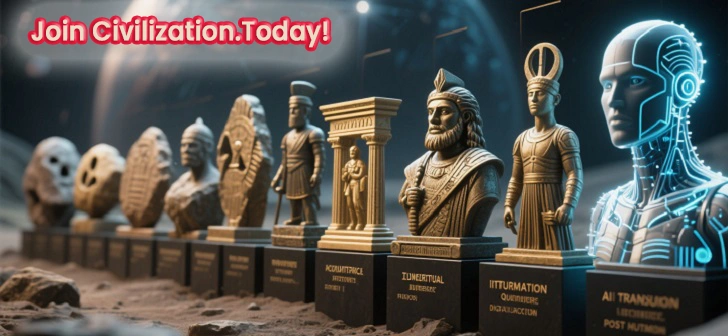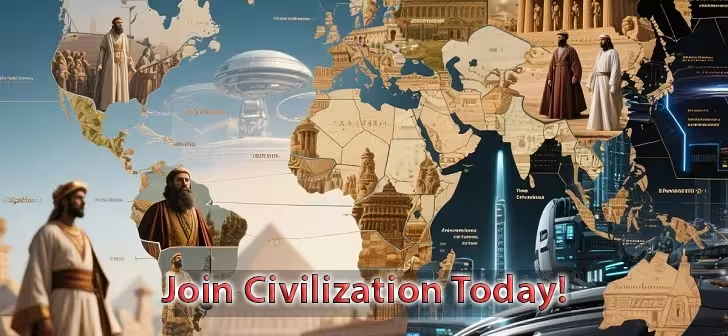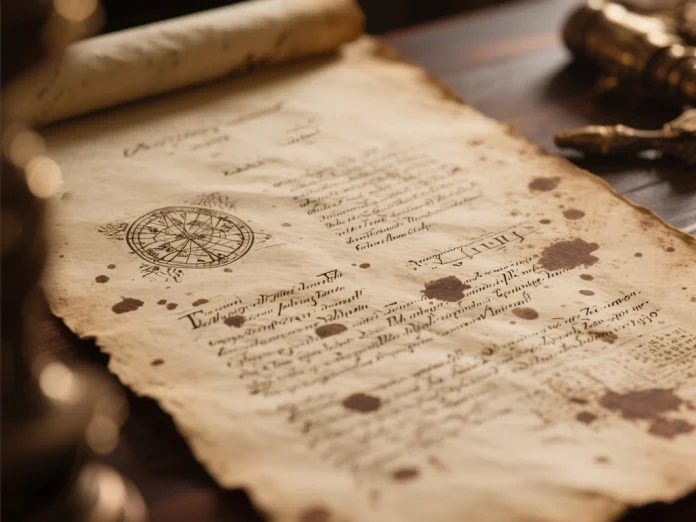Throughout history, wars have often stolen the spotlight, while peace has quietly built the foundations of great civilizations. Long before the concept of international diplomacy as we know it today, ancient treaties played a critical role in shaping borders, fostering cooperation, and ensuring survival. These agreements were not just about avoiding conflict—they were about creating order in a chaotic world.
In this article, we’ll explore the fascinating history of ancient treaties, how they influenced civilizations, and why they remain timeless lessons in the art of peace.
What Were Ancient Treaties?
They were formal agreements between kingdoms, city-states, or empires to regulate relations. They covered alliances, trade, territorial boundaries, and even rules of war. While many were inscribed on stone tablets, clay tablets, or papyrus scrolls, the essence was the same: a written promise to prevent chaos.
Unlike modern treaties, which often involve dozens of nations and legal institutions, they were sealed by kings, priests, or generals, often invoking the gods as witnesses. Breaking such agreements wasn’t just political betrayal—it was seen as an offense to the divine.
Famous Examples of Ancient Treaties
1. The Treaty of Kadesh (c. 1259 BCE)
Often considered the world’s first recorded peace treaty, this historic pact was signed between the Egyptians under Pharaoh Ramses II and the Hittites under King Hattusili III. After years of bloody conflict over control of Syria, both empires agreed to mutual non-aggression, prisoner exchanges, and even military assistance in case of foreign invasion.
Remarkably, a replica of this treaty hangs in the United Nations Headquarters today, a powerful reminder that peacebuilding is as ancient as civilization itself.
2. The Amarna Letters (14th century BCE)
These clay tablets, discovered in Egypt, reveal diplomatic correspondence between the Pharaohs and rulers of Babylon, Assyria, and the Hittites. While not a single treaty, the Amarna Letters illustrate a complex web of treaties in the ancient time involving trade, marriage alliances, and mutual defense.
They show that diplomacy was not just about avoiding war but also about building cultural and economic bridges between different civilizations.
3. The Peace of Callias (449 BCE)
In ancient Greece, the constant struggle between Athens and Persia led to one of the most important ancient treaties of the classical era. The Peace of Callias ended decades of Persian invasions and secured autonomy for the Greek city-states in Asia Minor.
This treaty stabilized the region and gave Athens the breathing room to flourish culturally, paving the way for its Golden Age.
4. The Thirty Years Peace (446 BCE)
Between Athens and Sparta, this treaty was an attempt to prevent further conflict during the Peloponnesian Wars. Although it ultimately broke down, it highlights how even in ancient times, powers recognized the value of structured peace agreements to maintain balance.
5. The Roman Foedus Agreements
The Romans perfected the art of treaties in ancient era by using them to expand their empire strategically. Through foedus agreements, Rome formed alliances with neighboring tribes and city-states, granting them partial citizenship or autonomy in exchange for military support.
This clever use of treaties allowed Rome to expand not just by conquest, but by integration.
Why Were Ancient Treaties Important?
- Stability Over Chaos. They allowed empires to focus on internal development instead of endless wars.
- Cultural Exchange. Treaties often facilitated trade, migration, and intermarriage, weaving civilizations together.
- Diplomatic Innovation. Ancient treaties introduced concepts like neutrality, mutual defense, and arbitration, which echo in modern diplomacy.
- Sacred Trust. With divine witnesses, treaties carried moral weight that made them more powerful than mere agreements.
Lessons Modern Society Can Learn from Ancient Treaties
- Peace Requires Creativity. Just as Ramses II and Hattusili III chose diplomacy over endless war, leaders today must prioritize negotiation over escalation.
- Mutual Benefits Build Longevity. Treaties that benefited both sides lasted longer than those forced upon the defeated.
- Cultural Respect Matters. The Amarna Letters show that acknowledging cultural differences strengthens cooperation.
- Peace Is Fragile. The breakdown of the Thirty Years Peace reminds us that treaties require trust, enforcement, and constant renewal.
Ancient Treaties as the Blueprint for Modern Diplomacy
Modern institutions like the United Nations, NATO, and international trade organizations can trace their DNA back to these early agreements. The spirit of cooperation that guided ancient rulers continues to influence how nations resolve conflicts today.
By studying the treaties in the ancient era, we see that humanity has always struggled with the same question: how do we share the world without destroying it?
Conclusion
While warriors and conquerors may dominate the pages of history, it is the quiet power of oldest treaties that truly shaped civilizations. From Egypt and the Hittites to Greece and Rome, these agreements remind us that peace is not the absence of war, but the art of cooperation.
In a time when global tensions remain high, looking back at how our ancestors forged peace offers a timeless lesson: the path forward for humanity has always been built not on swords, but on signatures.




